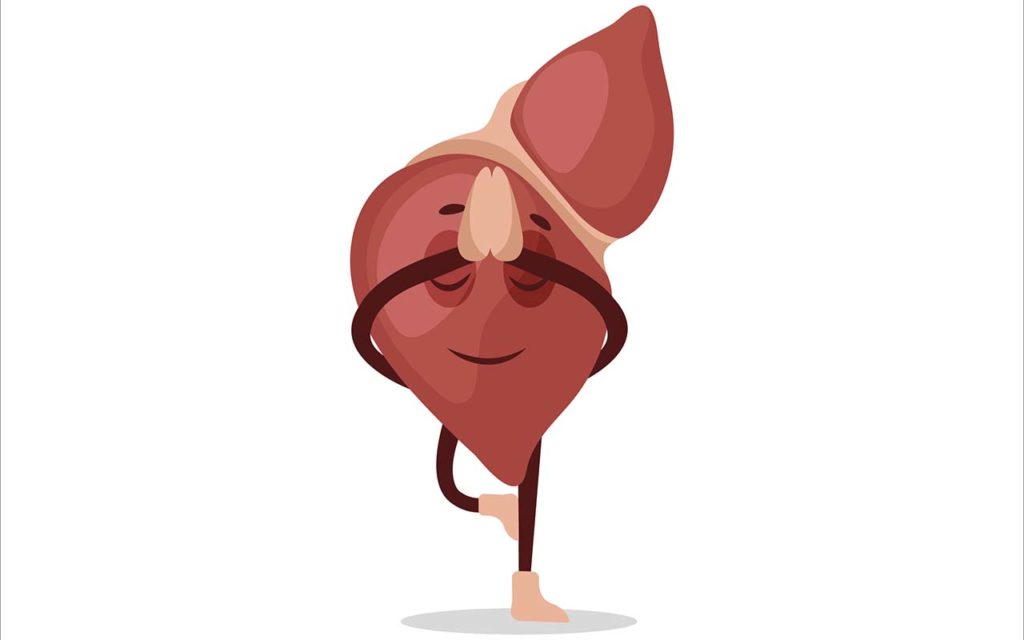Getting Active and Liver Disease

The Key Points:
Suggestions on how to get active:
Please talk to your GP before starting a new exercise regime.
- Just moving a little every 30 to 60 minutes can have profound effects on your physical and mental health, reducing your risk of liver disease. Instead of being sat at your desk all day, after each meeting get up and do a few minutes’ walk.
- You don’t have to run a 5k to get active or become active, just going for a 10-minute walk in the morning and evening is a good starting point.
- Pick an activity that you enjoy and see if a friend or family member wants to get involved. Getting active with a friend or family member can help to get you motivated and stay motivated.
- When first starting out, start off slowly and build the duration and intensity of exercise up over time. This helps to adapt your body over time and reduce the amount of muscle soreness the next day.
- Aim for 30 minutes of physical activity 5 times a week, ensure not to have more than 2 days of rest between exercise sessions.
Getting Active & Liver Disease: The Article
- Non-alcoholic fatty liver disease (NAFLD) which is the most common cause of liver disease has a global prevalence with around 22 to 29% of the general population affected1. Having this disease or risk of having this disease is also associated with a substantial increase risk in type 2 diabetes and cardiovascular disease2,3.
- Low levels of physical activity have been shown to be associated with an increased risk of liver diseases due to having increased metabolic risk factors such as high cholesterol, high blood glucose (sugar) levels and high blood pressure.
- Regular moderate intensity physical activity of 30 minutes 5 times a week or 20 minutes of high intensity exercise 3 times a week can reduce the risk factors associated with the development of liver disease, type 2 diabetes and cardiovascular disease.
- There is a dose response that indicates that the more physical activity you do the larger the risk reduction of liver disease you have4.
References:
- Younossi, Z.M., Koenig, A.B., Abdelatif, D., Fazel, Y., Henry, L., and Wymer, M. (2016). “Global epidemiology of nonalcoholic fatty liver disease—Meta-analytic assessment of prevalence, incidence, and outcomes.” Hepatology. 64(1):73-84.
- Ballestri, S., Zona, S., Targher, G., Romagnoli, D., Baldelli, E., Nascrimbeni, F., Roverato, A., Guaraldi, G., and Lonardo, A. (2016). “Nonalcoholic fatty liver disease is associated with an almost twofold increased risk of incident type 2 diabetes and metabolic syndrome. Evidence from a systematic review and meta-analysis.” European Journal of Gastroenterology & Hepatology. 31(5):936-44.
- Lonardo, A., Sookoian, S., Pirola, C.J., and Targher, G. (2016). “Non-alcoholic fatty liver disease and risk of cardiovascular disease.” Metabolism. 65(8):1136-50.
- Qiu, S., Cai, Xue., Sun, Z., Li, L., Zügel, M., Steinacker, J.M., and Schumann, U. (2017). “Association between physical activity and risk of nonalcoholic fatty liver disease: a meta-analysis.” Therapeutic Advances in Gastroenterology. 10(9):701-713.